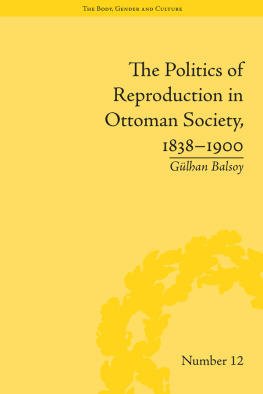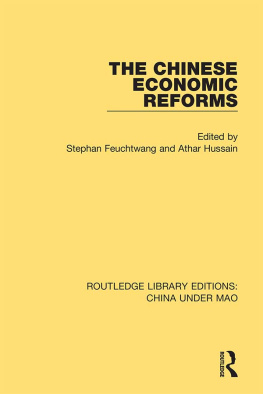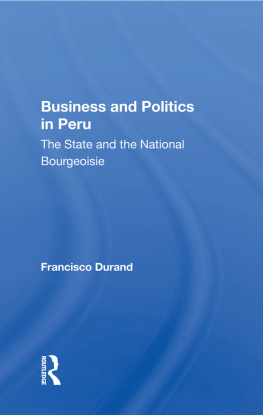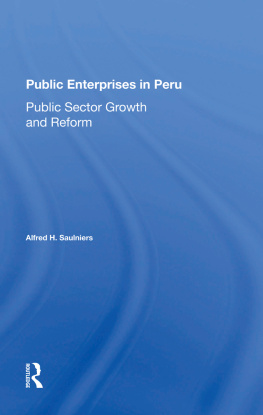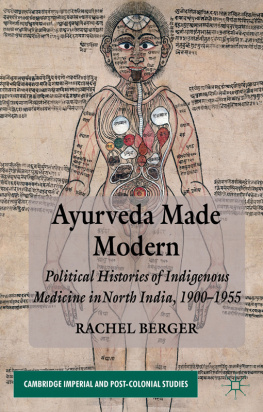Adam Warren - Medicine and Politics in Colonial Peru: Population Growth and the Bourbon Reforms
Here you can read online Adam Warren - Medicine and Politics in Colonial Peru: Population Growth and the Bourbon Reforms full text of the book (entire story) in english for free. Download pdf and epub, get meaning, cover and reviews about this ebook. City: Pittsburgh, year: 2010, publisher: University of Pittsburgh Press, genre: History. Description of the work, (preface) as well as reviews are available. Best literature library LitArk.com created for fans of good reading and offers a wide selection of genres:
Romance novel
Science fiction
Adventure
Detective
Science
History
Home and family
Prose
Art
Politics
Computer
Non-fiction
Religion
Business
Children
Humor
Choose a favorite category and find really read worthwhile books. Enjoy immersion in the world of imagination, feel the emotions of the characters or learn something new for yourself, make an fascinating discovery.

- Book:Medicine and Politics in Colonial Peru: Population Growth and the Bourbon Reforms
- Author:
- Publisher:University of Pittsburgh Press
- Genre:
- Year:2010
- City:Pittsburgh
- Rating:5 / 5
- Favourites:Add to favourites
- Your mark:
Medicine and Politics in Colonial Peru: Population Growth and the Bourbon Reforms: summary, description and annotation
We offer to read an annotation, description, summary or preface (depends on what the author of the book "Medicine and Politics in Colonial Peru: Population Growth and the Bourbon Reforms" wrote himself). If you haven't found the necessary information about the book — write in the comments, we will try to find it.
By the end of the eighteenth century, Peru had witnessed the decline of its once-thriving silver industry, and it had barely begun to recover from massive population losses due to smallpox and other diseases. At the time, it was widely believed that economic salvation was contingent upon increasing the labor force and maintaining as many healthy workers as possible. In Medicine and Politics in Colonial Peru,Adam Warrenpresents a groundbreaking study of the primacy placed on medical care to generate population growth during this era.
The Bourbon reforms of the eighteenth century shaped many of the political, economic, and social interests of Spain and its colonies. In Peru, local elites saw the reforms as an opportunity to positively transform society and its conceptions of medicine and medical institutions in the name of the Crown. Creole physicians in particular, took advantage of Bourbon reforms to wrest control of medical treatment away from the Catholic Church, establish their own medical expertise, and create a new, secular medical culture. They asserted their new influence by treating smallpox and leprosy, by reforming medical education, and by introducing hygienic routines into local funeral rites, among other practices.
Later, during the early years of independence, government officials began to usurp the power of physicians and shifted control of medical care back to the church. Creole doctors, without the support of the empire, lost much of their influence, and medical reforms ground to a halt. As Warrens study reveals, despite falling in and out of political favor, Bourbon reforms and creole physicians were instrumental to the founding of modern medicine in Peru, and their influence can still be felt today.
Adam Warren: author's other books
Who wrote Medicine and Politics in Colonial Peru: Population Growth and the Bourbon Reforms? Find out the surname, the name of the author of the book and a list of all author's works by series.

